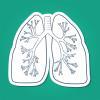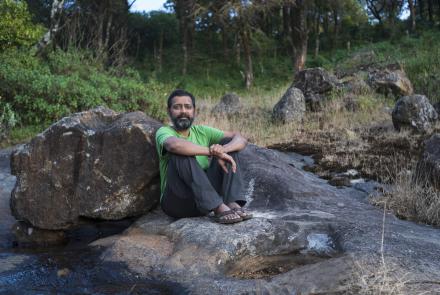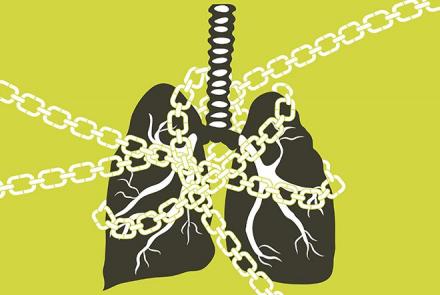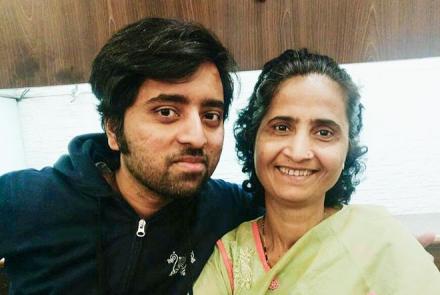Lung cancer or carcinoma of the lung is uncontrolled cell growth in tissues of the lung, usually in the cells lining the air passages. It is the leading cause of death due to cancer worldwide.
Lung cancer is strongly related to cigarette smoking. 90% of lung cancer is caused by smoking though non-smokers can also have lung cancer.

What tests do you need to have done
Medical history and physical examination: The doctor will take your history and based on symptoms and signs suggestive of lung cancer, may recommend some of the following tests:
Blood test: This is primarily to understand the overall health status of the person.
Imaging tests:
- Chest X-ray: This can detect an abnormal large mass or small nodules in the lung.
- CT scan: This can detect small lesions and provide a more detailed view of the lungs, which is not possible in an X-ray. In a CT scan, the doctor can view the thoracic lymph node, pleura (membrane covering the lungs), and the chest wall along with the lung. The CT scan helps determine the stage of the cancer, size and location of the cancer.
- MRI scans: This is helpful in finding out any metastasis (spread) of the cancer to other parts of the body, including the brain.
- Positron emission tomography (PET) scan: In this test, radioactive glucose is injected into the blood. Rapidly growing cells such as cancer cells in the body readily absorb the glucose and show up as dark areas on the scan. 3-D images are created to scan the entire whole body for presence of spread of the cancer.
- Bone scan: This is done to see if the cancer has spread to the bones.
- Sputum cytology: A sample of sputum is examined under the microscope to check for cancer cells in sputum. This requires early morning samples for 3 consecutive days. This helps to find cancer in major airways in the lungs.
- Bronchoscopy: A thin-lighted flexible tube called a bronchoscope is passed through the mouth or nose and into the large airways and the lungs. This helps to find the tumour or to take a sample of the tumour for biopsy.
- Biopsy: Biopsy is the definitive method to make a diagnosis of lung cancer. Different types of biopsies include:
- Fine needle aspiration (FNA): A thin hollow needle is inserted through the chest wall to take a sample of the tumour. This is useful if the abnormal lung tissue or tumour is located near the chest wall. A CT scan is usually used to guide the needle.
- Open lung biopsy: If it’s difficult to get a sample with FNA, doctors will do an open-lung biopsy under general anaesthesia. An incision is made on the skin of the chest wall to remove a piece of lung tissue.
Changed
12/Jan/2019
Community
Condition












